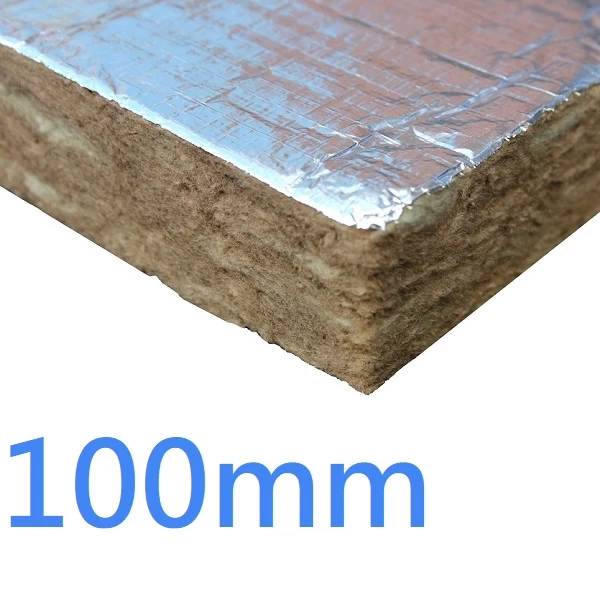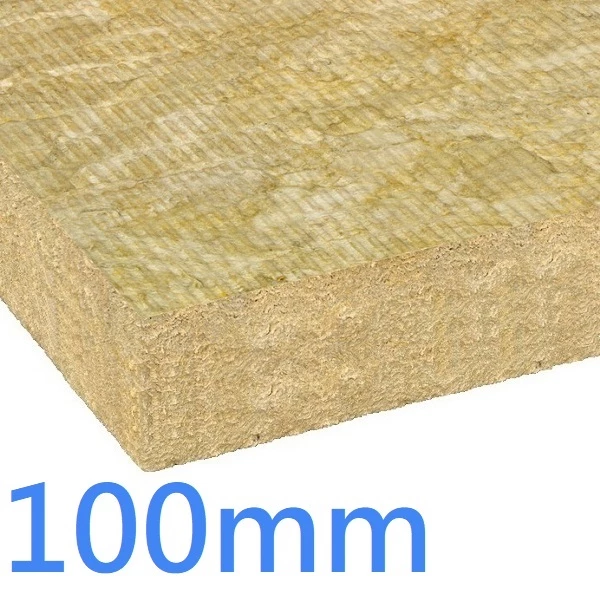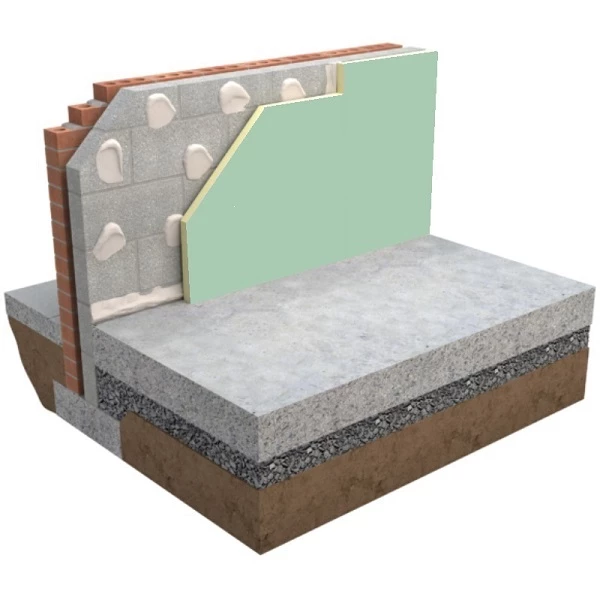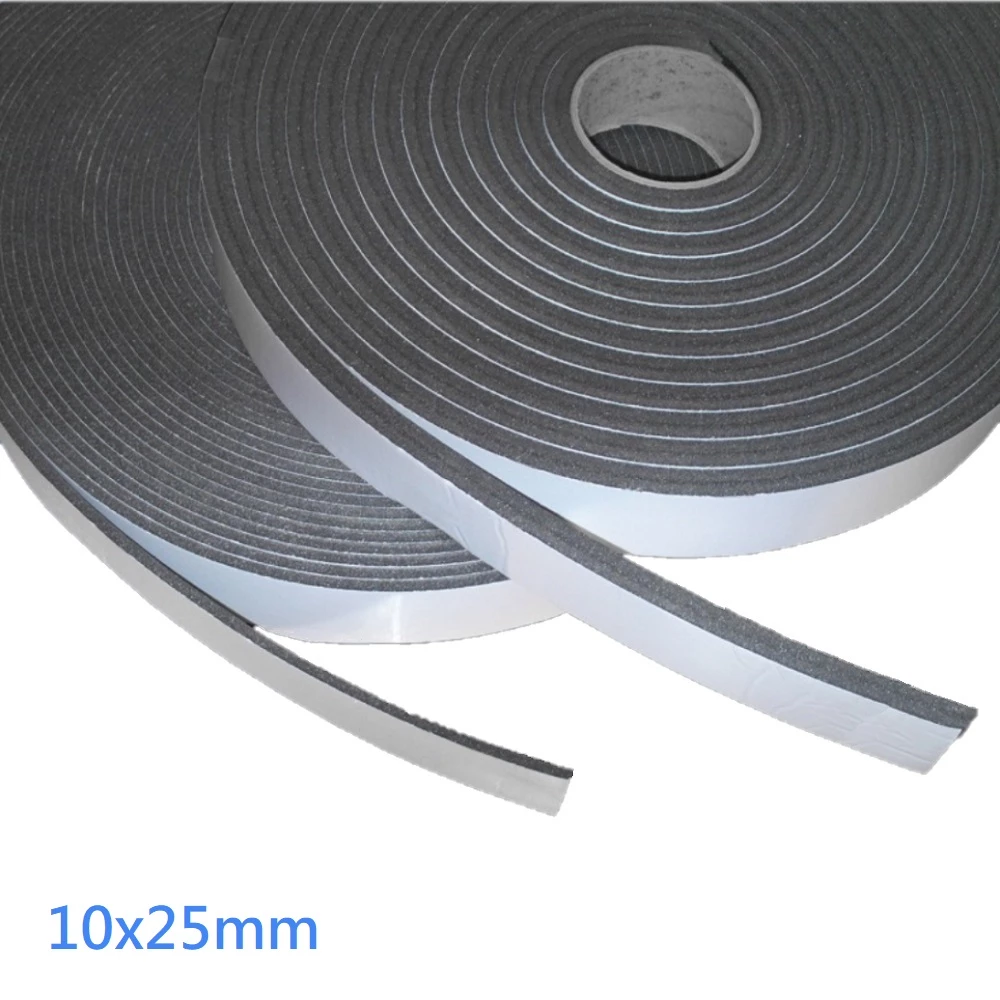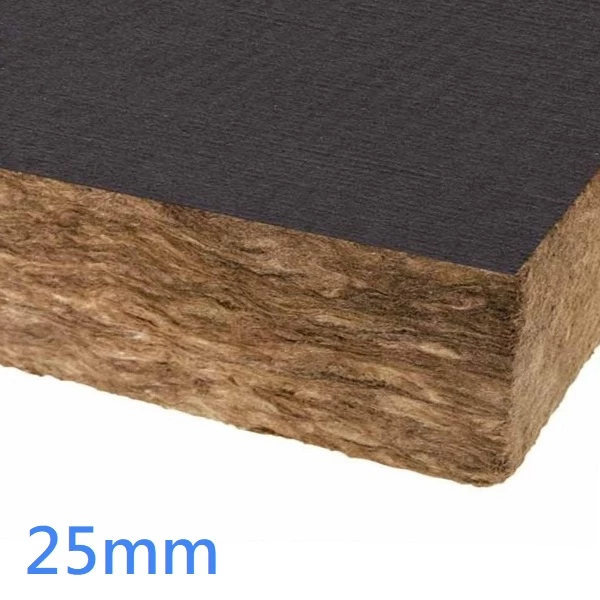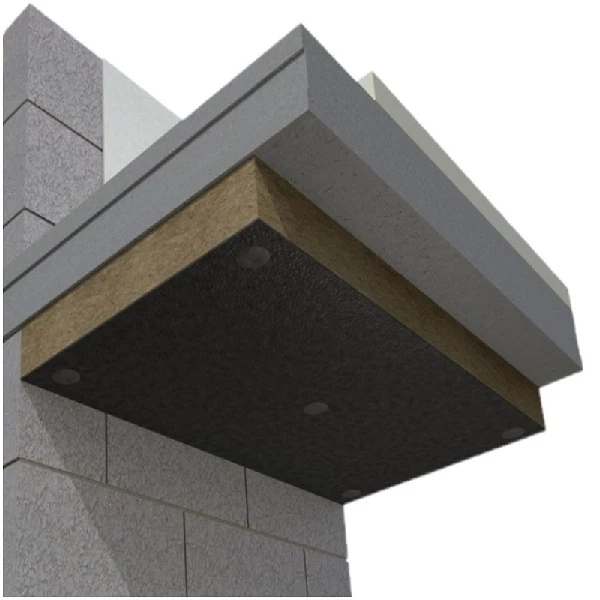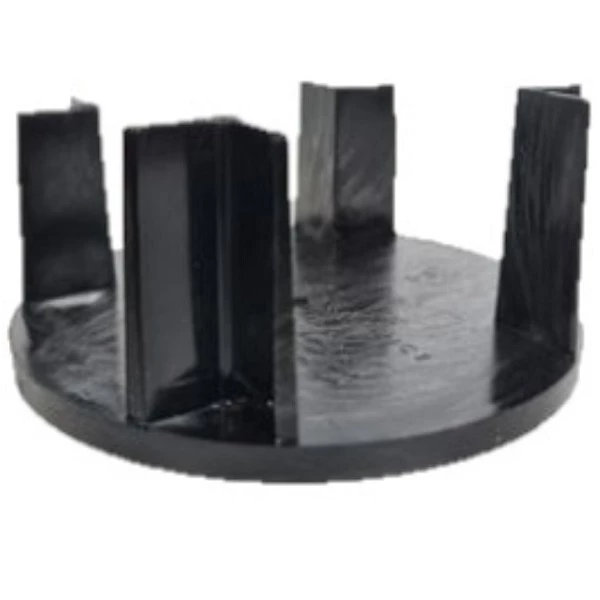
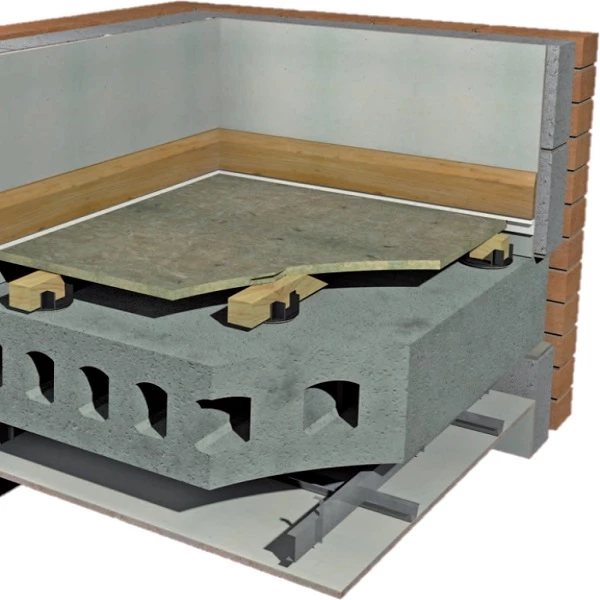


Related
More from this brand
- Isocheck Acoustic Cradles for Concrete Floors (pack of 250 cradles)
- Suspended acoustic cradle system used for uneven or cambered floors
- Designed to improve acoustic performance and reduce sound transmission
- 5mm Isopoli HD foam and injection moulded recycled ABS plastic cradle
- Meets with the New Build Robust Detail descriptive FFT2 (E-FC-1, E-FS-1, E-FC-2 and E-FC-7)
In Stock
- Brand: Isomass
- Model: Isocheck Acoustic Cradles
- Weight: 10.88kg
- Dimensions: 96mm x 43mm x 8mm
- SKU: Isocheck Acoustic Cradles
- Product code: P1-3603
- MPN: Isocheck Acoustic Cradles
Isocheck Acoustic Cradle is a suspended acoustic cradle system used for uneven or cambered concrete floors designed to improve acoustic performance and reduce sound transmission.
Acoustic Cradle consists of a 5mm layer of Isopoli HD foam bonded to an injection moulded recycled ABS plastic cradle.
Levelling packers are available separately in 3 thicknesses of 2mm, 3mm and 5mm as well as elevating blocks where extra height is required.
Isocheck Cradle is New Build Robust Detail compliant for masonry floor construction and where the structural subfloor has a camber or is irregular and needs levelling.
Acoustic Cradle System can be used over hollow core, in-situ or supported metal deck concrete floors for new build or conversions.
Treated floor meets with the New Build Robust Detail descriptive FFT2, typically within Robust Details E-FC-1, E-FS-1, E-FC-2 and E-FC-7.
Isocheck Cradle acoustic flooring system reduces impact sound transmission by elevating the floor on timber battens that are supported by a pre-treated adjustable plastic cradle.
This system not only facilitates the incorporation of services but is also frequently specified with water based underfloor heating systems.
Acoustic Cradle system enables a concrete floor to meet the sound transmission standards of Approved Document E 2003 and subsequent amendments.
Specification:
Thickness: 8mm
Width: 43mm
Length: 96mm
Size: 96mm x 43mm x 8mm
Profile: Acoustic Cradles
Height of base plate: 8mm
Resilient layer: Isopoli HD foam
Cradle body: Recycled ABS
Diameter: 96mm
Isocheck Acoustic Cradles Features:
· Suspended acoustic cradle system.
· Used for uneven or cambered concrete floors.
· Designed to improve acoustic performance.
· Designed to reduce sound transmission.
· 5mm layer of Isopoli HD foam.
· Injection moulded recycled plastic ABS cradle.
· New Build Robust Detail compliant.
· Suitable for masonry floor construction.
· Can be used over hollow core, in-situ.
· Can be used on supported metal deck concrete floors
· Suitable for new builds or conversions.
· Used for elevating the floor on timber battens.
· Specified with water based underfloor heating systems.
· Meet the sound transmission standards of Approved Document E 2003.
Isocheck Acoustic Cradles Installation Guidelines:
· Concrete ground level supported floors must have a damp proof membrane and screed complying with the appropriate Codes of Practice and Building Regulations.
· Areas of structural floor beneath each intended cradle position should be smooth, flat and level to facilitate ease of the batten installation.
· The building must be weatherproof and all wet trades completely dried out before commencing installation of the flooring system.
· All joints and air paths between concrete units and at perimeter walls must be carefully and thoroughly grouted for effective performance of acoustic floors.
· Components exposed to wet conditions such as ingress of rain or plumbing leaks should be discarded and replaced.
· Excessive moisture from cast in-situ slabs and screeds which have not dried out can have adverse effects on flooring materials and timber components.
· The provision of access to services is most successful if the location of services is detailed at an early stage.
· Services should be kept at least 150mm away from walls to allow space for perimeter support Battens.
· BS 8201:2011 states that “it is reasonable to recommend that the concrete be considered dry when the relative humidity falls to 75% or less (when tested by use of a hygrometer).
· Where the dryness of concrete can not be guaranteed it is recommended that a vapour barrier is installed (minimum 1000 gauge).
· Masonry internal non load bearing Partitions should be erected from the subfloor and not on top of the floating floor.
· Lightweight timber or metal stud partitions with plasterboard linings may be constructed from the floating floor by forming a ladder frame structure.
· Forming a ladder frame structure directly beneath the sole plate using noggins of approx. 100mm supported on Cradles.
· The position of the partitions should be marked on the structural floor before commencing the floor installation to ensure satisfactory support is provided and that services are correctly positioned.
· In areas where heavy loadings are anticipated, such as kitchens and bathrooms the Support Batten centres should be reduced to 300mm.
· In cases of extraordinary loading, advice should be sought from the specifier or manufacturer.
· Storage heaters are considered to be an extraordinary loading and will require support direct from the sub-floor, independent of the flooring system.
· Isocheck cradle Flooring Systems are ideal for providing partial access to services.
· The Cradle Plate is designed to accept support Battens running in both directions where necessary to provide secure support for access panels.
· Access panels should be square edged and supported along all edges by Support Battens.
· The panels should be screwed to the battens without bridging the resilient layer.
· Support Battens and Cradles must be laid in accordance with centre's specified.
· To ensure consistent levels throughout the building, commence in corridor areas proceeding to rooms.
· In each area work to a datum using isocheck packers and elevating blocks to overcome low areas or cambers.
· Ensure that each Cradle is sitting on a level, flat spot. Cradles should not rock or lie at an angle.
· Set out the Cradles and Support Battens around the perimeter of the room so that the Support Battens are approximately 50mm from perimeter walls.
· Then lay the remainder of Support Battens levelling with the self-locating packers as required.
· Where Support Battens meet, the Cradle should be positioned so that it equally supports both ends.
· When laying alternate rows of Support Battens, commence with a half-length so that the joints are staggered.
· The standard 8mm Resilient Cradle Support will not allow for services to run underneath the Support Batten.
· In this instance cut the Support Battens and place approximately 25mm either side of the pipe.
· Fully support the Battens with additional Cradles.
· Additional noggins may also be required to properly support the deck.
· Do not notch Support Battens.
· If it is intended that services run under the Support Battens a deeper Resilient Cradle Support should be specified and adequate clearance provided beneath the Support Batten.
· In acoustic systems ensure that gaps where services come through the flooring are sealed to prevent airborne sound leakage.
· In order to achieve a level floor, place the correct combination of packers within the shoulders of the Cradle plate to a maximum of 5mm from the top.
· Gluing of packing is not normally necessary, as the packing pieces are selflocating.
· If packing exceeds 75% of the depth of the Cradle Plate shoulders then it is recommended that packing pieces be glued with PVA adhesive to the Cradle Plate, to each other and to the Supporting Batten.
· Ensure that there is an expansion gap of at least 6mm between the edges of the flooring and at the perimeter walls.
· This gap must also be maintained at door frames and filled with an angled Flanking Strip.
· A Support Batten on Cradles should be placed across the threshold for additional support.
· The chipboard should be configured so as to ensure no but joints are present.
· Insert the 5mm thick ‘L’ shaped Acoustic Flanking Strip around the perimeter of the room in the 10mm gap between the flooring and the perimeter wall.
· When the skirting board is being fixed to the wall, lightly trap the Flanking Strip between the bottom of the skirting and the flooring panel and neatly trim off the excess.
· It is essential to isolate the skirting from the floor surface to prevent impact sound flanking transmission.
· If in doubt in any area, please call Isomass prior to commencement of work.
*Further information may be found in our Downloads section.
Fairly easy access to all PDF files.
Datasheet ǀ Declaration of Performance - DoP ǀ BBA Certificate ǀ Installation Guide ǀ Certificates ǀ Brochure ǀ SPEC Sheet
*Special Product - Non returnable cancelable.
| specification | |
| Handling Characteristic | Protect hands |
| Colour | Black |
| Diameter | 96mm |
| Length | 96mm |
| Material | Isopoli HD foam and recycled ABS plastic cradle |
| Profile | Straight Edge |
| Size | 8mm x 43mm x 96mm |
| Thickness | 8mm |
| Width | 43mm |
| Fire Classification | Tested to BS 5852-2:1982 |
| Building Regulations | Compatible |
| Finish | Plain |
| Shipping method | Articulated Vehicle ǀ Courier |
| Grade | Acoustic Cradles |
| Sound insulation reduction | Airbone and Impact |
| Applications | Uneven or cambered concrete floors |
| Type | Acoustic Cradles |
| Fixing method | Packers and Elevating Block |
| ETA Notification | Yes |
| Features | Improve acoustic performance and reduce sound transmission |
| Manufacturer | Isomass® |
We deliver insulation materials to Mainland UK only. Deliveries to Highlands, Northern Ireland, Isle of Wight etc.. might be possible at additional cost.
We offer free delivery on most of the orders above £300 (excluding VAT) (except special products - shipping cost via courier - products marked ''Request A Quote'')
Delivery of some insulation materials might be extended due to the current situation (Covid-19, stock shortages, allocations).
If you need materials quickly please contact us - we will do our best to help you source materials needed.
We do not deliver on weekends and bank holidays. Sometimes we can deliver on Saturdays - please check with us before placing the order.
If you need any further information please contact us tel. 02081910776
We can help to calculate price per m2 or linear meter (one meter in length) cost, please just contact us via phone 02081910776, email or live chat. Alternatively, you can work it out yourself quickly and easily: to get cost per meter square please divide price shown in orange area by ''Required area (m2)'' Example price of £28.80 divided by board coverage 2.88m2 = cost of £10.00 per m2.
INSTALLERS
No matter whether you choose a local installer or a national company, there’s a few tips to help you find the right installer for your home insulation improvements, such as asking for recommendations and making sure that they’re part of a certification scheme. This makes sure that they have the right skills and standards of workmanship to carry out the installation, and you can be sure that they know exactly what they are doing.
4 TIPS FOR CHOOSING THE BEST INSULATION INSTALLER
1. Thermal inspection picture in portfolio
It’s worth seeing a installer’s previous work. There’s no harm asking if you can see any properties nearby that they’ve installed insulation in. Best way would be to see Infrared Thermal Imaging Inspections. Thermal cameras spot small, but key changes in temperature in different areas of a house, identifying problematic areas that the human eye never could and some that a visual inspection could only hypothesize.
2. Reviews
Along with checking recommendations and previous work, finding reviews online can often be a great way to find out if they provide a good service or not. However, it’s best not to solely rely on reviews you may find or review websites, as there’s no controlling who writes them.
3. Compare prices
Comparing prices will also ensure companies can’t take advantage of you and give you a fair price.
4. Word of Mouth
The best way to find a great insulation installer is through recommendations. Make sure you ask friends and family. They will most likely give you their honest opinion and can tell you from first hand experience.
Whether you require a wall, cladding, external wall, loft or floor insulation fitted, you can find and hire your local insulation installers from popular UK web pages. A simple internet search will return thousands of potential installers near your area.
https://www.nia-uk.org/find-an-installer/
https://www.ratedpeople.com/local-thermal-insulation
STOCKIST
We are the stockist of construction materials and related products for both trade and DIY from most recognizable brands in the UK like Cordek, RCM, Promat, Rockwool, Isover, Celotex, Xtratherm, Ursa, Low-E, Cedral, Kingspan, Dufaylite, British Gypsum, K-rend, Ecotherm, Iko enertherm, Kay-Metzeler, Terrawool to allow you to complete your insulation job on time at competitive prices and the highest standards.































































































































































